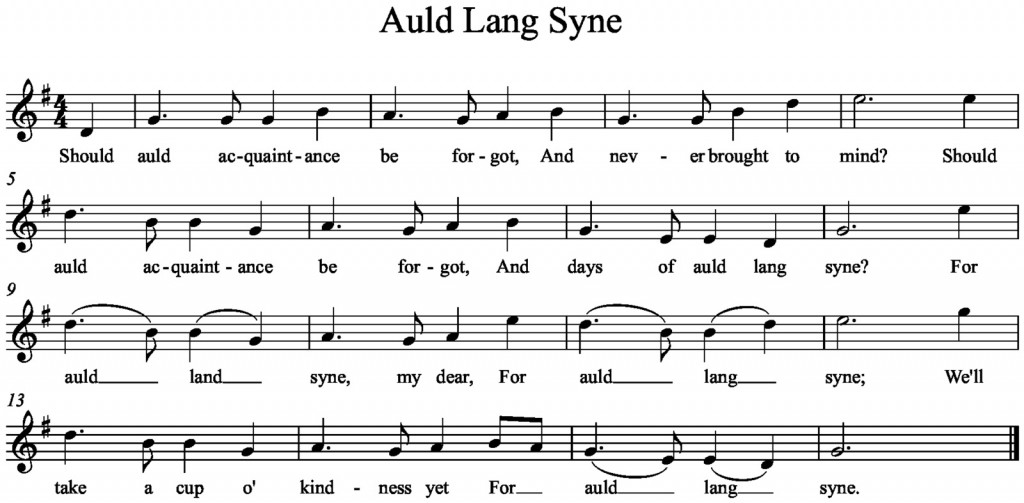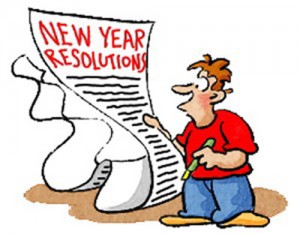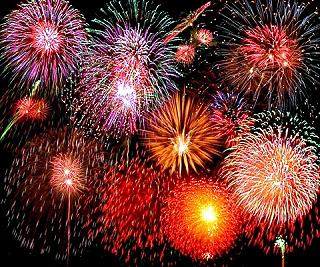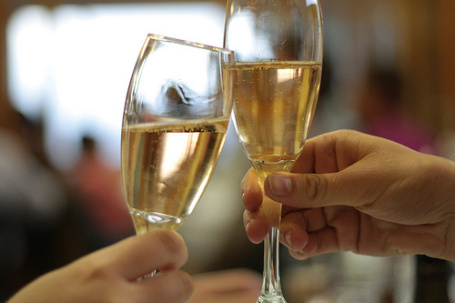1. Auld Lang Syne
What you know:
Auld Lang Syne is the traditional song sung by English speakersWindows 8.1 Professional Key
right after stroke of midnight on New Year’s Eve.
What you didn’t know:
“Auld Lang Syne” literally means “old long since,” or more simply, “times gone by.” It’s an old Scottish song that was originally transcribed in 1796 but not popularized until Scottish immigrants in Canada formed the band Guy Lombaro and His Royal Canadians and sang it at the New Year’s eve party in NYC in 1929. Their version of the song was played at the Waldorf Astoria for over 40 years after that and was broadcast first on radio and then television.
2. New Year’s Resolutions
What you know:
Resolutions are the promises you make to yourself to improve your life over the next year (and probably end up breaking them within a month).
What you didn’t know:
People have been breaking new year’s resolutions since ancient Babylonia about 4000 years ago: the Babylonians made promises to the gods in order to receive their favors for the entire year. Quite a bit later, the early Christians believed that beginning of a new year should be spent in reflection on the past one and how to better oneself.
3. January 1st
What you know:
January 1st is the first day of the new calendar year.
What you didn’t know:
The original Roman calendar fell out of sync over the centuries since it began in the 8th century B.C.E., and Julius Caesar solved the problem (via the greatest astronomers and mathematicians of the time) by creating the Julian calendar, which is very close to the calendar most of the world uses today. Caesar chose January as the first month because of its namesake, Janus, the Roman god of doorways and beginnings.
4. NYC Ball Drop
What you know:
The NYC Ball Drop is this big shiny round thing that starts falling at 11:59 on New Years Eve and stops exactly at midnight, to the cheers of everyone watching in Times Square and on their televisions.
What you didn’t know:
The first ball drop was in 1907, and was made of iron and wood. (Now it’s 1,070 pounds, six feet in diameter and made of Waterford Crystal.
5. Fireworks
What you know:
Fireworks are the awesome lights-in-the-sky displays we love to watch on special occasions like the Fourth of July and New Year’s Eve.
What you didn’t know:
Fireworks were invented by the Chinese in the 880’s, and were used for, among other things, their own New Year celebrations. They believed that noise and fire scared away evil spirits and brought good luck.
6. Making Noise at Midnight
What you know:
Everyone shouts, “Happy New Year!” when the countdown to midnight is over on New Year’s Eve.
What you didn’t know:
For those who didn’t have fireworks to drive away evil spirits, making noise worked just as well. Today we just use party horns and noise makers instead of wailing horns and beaten drums.
7. Toasting and Clinking
What you know:
To celebrate a special occasion, you pour yourself a beverage, make a toast, and clink your glass with someone else’s before drinking.
–
What you didn’t know:
The earliest record of anyone making a toast is Odysseus drinking to Achilles’ health in The Odyssey – which was over 3000 years ago. The term “toast,” however, didn’t come into being until the late 17th century, when it was customary to add a small piece of toast or crouton to your drink as a flavoring device, like lime in tequila.
–
There are several theories why clinking two glasses together began:
- The noise would drive away the devil
- The sound of the clink would give the drinker all five senses in which to enjoy the beverage
- Nobles could avoid being poisoned by sloshing a bit of their drink into their buddy’s glass, Windows 8 Professional Key
thus ensuring one could not risk poisoning the other.
Wishing you all a safe and happy New Year!
Info for this post taken from:
New Year’s Traditions – Infoplease.com
The Origins of New Year’s Traditions
Why We Toast: Uncorking a New Year’s Tradition
Fireworks Facts: Infoplease.com
Posted by Parks Compass on







Leave A Comment